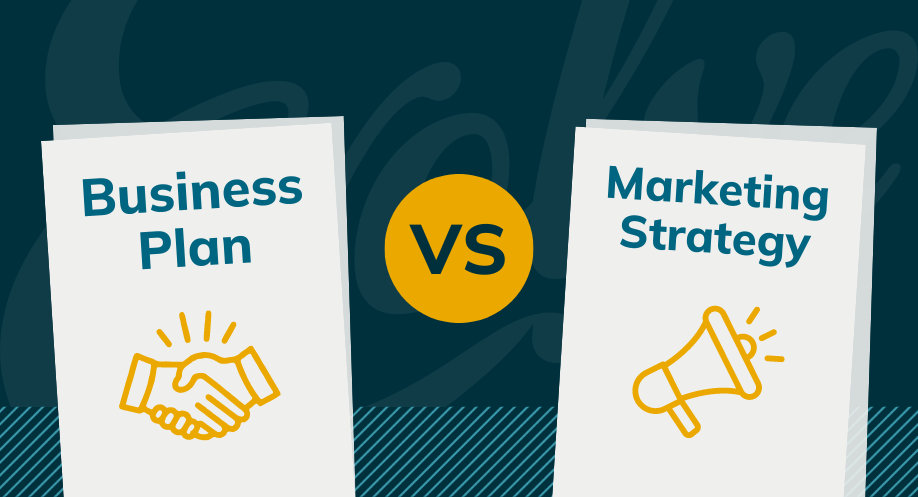Many of us find ourselves wanting to exit our businesses (especially boomers) but remain unsure of when or how to do so. We want to profit from the sale, exit with ease, and leave behind a legacy of success geared toward the future, but it can be difficult to know where to begin.
Exit planning should take years and include a number of strategic adjustments that help attract potential buyers. And a primary component of all exit strategies is growing your brand for selling.
Not only are you selling your business, you’re selling a brand.
When preparing your business for sale, you’ll need to start untethering yourself from the business, strengthening your brand, refining company culture, and attracting the right buyers to sell your business.
Let’s take a look at how branding plays a vital role in your exit strategy for selling your business.
1. Separate From Your Business
Many business owners find themselves at the helm of operations, so integral that stepping away would collapse the very foundation. This is a huge red flag for potential buyers looking for turnkey opportunities with refined processes and strategic automation.
Putting the growth and value dependencies on the brand ensures any member can leave the company without causing a hitch, even the owner.
Here are a few questions to start with.
Can the business run without you?
If you were to walk away today, what struggles would your company face? Review your processes, team member roles, documentation and records, account accesses, and financials to make sure nothing lives exclusively in your head.
Does your brand stand alone?
Ensure your business’ branding stands alone and is not reliant on you being the face or voice of the company. Sometimes it helps to look at your business from the outside in, instead of the inside out.
- Without any context, does your brand have a personality?
- Does it speak to what you do and the way in which you engage with your audience?
- Does it draw your attention and lead to a larger engagement?
As you implement branding tools and practices that separate you from the business, you’ll be able to gradually take on a smaller role until it’s seamless to walk away entirely.
2. Strengthen Brand Assets
Now that you’ve explored the power of branding independent from yourself, make sure your company has the supporting assets to make the most of selling your brand. Decide if you’ll need to rebrand or simply enhance your existing brand, then ensure the following assets align.
Brand Story
Your brand is a promise, so your story should help customers and buyers connect with your company on a deeper level and genuinely understand what you’re about. Start by defining exactly who your company is, as though it were a person.
- What are the traits you hope to exhibit to consumers?
- What colors or elements help convey those characteristics?
- What is the purpose behind your business (also known as your “why”)?
Logo
Your logo is the face of your company and should successfully express your brand story with little to no context. This should be an investment!
As tempted as you may be to hire your friend’s daughter who took a graphic design class, we recommend you explore professional options.
This is the central point of your brand and one of the first things customers, employees, and potential buyers will see. Make sure it is backed by a strategy that feels in line with who your business is and the experience one can expect while interacting with your brand.
Brand Standards or Guidelines
This nifty tool, often in the form of a booklet or fancy PDF, helps anyone using your brand execute it properly. From understanding the brand story, colors, and type, to logo usage instructions for various instances, the brand guidelines ensure cohesion across every medium. It’s essentially a user’s manual that you can’t stop looking at (because it’s beautifully designed).
Voice
Your brand voice is the specific way you communicate as the brand. This exudes the personality you outlined in your brand story, carried through to your logo, and defined in your brand guidelines.
For example, if you own a healthcare company, you likely want your brand voice to be welcoming, informative, and trustworthy. If you are a construction company, you may opt for bold, authoritative, and confident.
Think about the way that you most effectively communicate with your team and your customers, then carry that through to everything your brand touches.
Website
Your website can be your most powerful tool if you use it correctly. Whether someone is looking to work with you, work for you, or buy you, chances are VERY high they’ll start with a look at your website.
If your site is outdated, dysfunctional, unorganized, or difficult to use, you’re likely turning away business daily. If you’re hoping to showcase that you know what you’re doing and do it well, your website needs to speak to that in the blink of an eye.
Ensure your website it’s attractive, easy to navigate, includes pertinent information without being overwhelming, and reinforces your brand. Make sure the customer journey flows so visitors actually take the desired action, such as contacting you.
This may require a simple site cleanup or a full website overhaul, but is absolutely worth the effort.
3. Enhance Company Culture
Next, you’ll want to explore your company from the perspective of employees and customers.
What is the experience like for those engaging with your brand?
Make a Good First Impression
If you’ve properly established your brand assets, this step should be easy. Make sure that no matter how someone discovers your company, they are provided with an accurate and attractive view of who you are, what you do, and how you do it. This should entice them to engage further.
Stay Consistent
Once you’ve made a great first impression, you want to ensure that the same level of satisfaction is delivered at every turn. Whether someone jumps from the website to a phone conversation or finds you online and then visits a tradeshow, their experience should feel cohesive and reinforce your brand at each engagement.
Leave Room for Improvement
Customers and employees alike want to feel heard, understood, and appreciated. Ensuring your brand encourages communication and advocates for perpetual betterment helps create loyalty among both groups. Take the time to check in and respond so you’re always improving.
4. Entice Potential Buyers
Now, look at your company through the eyes of a potential buyer and consider the following methods to ensure a mutually beneficial business sale while preparing your exit strategy.
Sell the Brand, Not the Business
Any business can sell a product or service. Purchasing a company with brand authority means far less work and a much more promising future.
Expand and strengthen your brand for selling to help buyers see your company as a living, breathing thing with built-in selling power.
Make It Simple
Most buyers hope to do little to nothing when purchasing a business. If everything is automated, structured, and well-documented so they can simply jump into the business and keep propelling forward, you will make a faster and more profitable sale.
Invest the Time
Much like retirement, preparing your business for sale requires years of forethought to ensure a stress-free transition and a stable future. Allowing yourself 5-10 years to properly prepare to sell ensures you have enough time to build and establish your business value, which enhances your selling power.
Measure your growth as you implement new strategies to showcase just how far you’ve come.
Market Your Brand
Buyers want to invest in successful companies with bright futures. Marketing your brand can help generate leads, increase sales, and maximize profits, all of which are major components of a growth-oriented business.
The Ultimate Marketing Tactics for Selling Your Brand
Understanding how to prepare your business for sale can take a lot of work, but ensuring your brand is as strong as the rest of the business can easily boost the sale.
Branding and marketing go hand in hand. A strong brand relies on consistent marketing; a high-return marketing plan needs effective branding.
Our team at Evolve Systems created a comprehensive marketing guide for business owners starting their exit strategy and selling their business in the next 5 to 10 years. You can build your brand and sell your business for maximum return following the five tactics.









